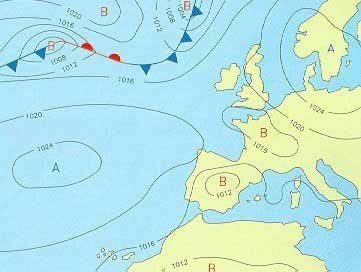Importance of Metadata
Miscellanea / / August 08, 2023
 The data are not always sufficiently explanatory of a situation, but sometimes need to be accompanied by a context, which is not information that is part of the document, but it helps your understanding.
The data are not always sufficiently explanatory of a situation, but sometimes need to be accompanied by a context, which is not information that is part of the document, but it helps your understanding.
In the realm of computer science, this context is provided by metadata.
Metadata consists of a series of "data added to data", which the user usually does not see, and manages very rarely, but they accompany most of the data files generated by the programs with which works.
To understand it, let's give an example: when we are working with a document in a word processor, there is a section in the program (generally available in one of the menus of the application) that allows us to see data such as the date and time the file was created, the last modification, the author of the document, or even the computer on which it was created.
This information is not visible to the naked eye view, but it is saved in the same document for consultation from any computer.
What can such information be useful for? Imagine that you are an executive in a
company, and you have just read an unsigned report that one of your colleagues has sent you by email, and the content of which arouses your interest. By consulting the metadata, you could find out who the author of the document was and even from which computer on the company network it was created.Metadata is not exclusive to text documents and the corresponding programs, but can be used in any type of application and, therefore, any file.
Among the best-known functions of metadata are those of accompanying, in addition to text documents created with specialized processing programs, photographs.
In image files, metadata even allows us to store geolocation information, that is, where (in addition to time, when) the image was taken.
 For a camera to save this information in the files generated to contain the image information, it is a functionality that can be activated or deactivated.
For a camera to save this information in the files generated to contain the image information, it is a functionality that can be activated or deactivated.
Metadata is therefore responsible for the creation of a large amount of "dark" information, which is not visible to the naked eye, but that it is there and can be used for categorization, storage and consultation.
Metadata is treated in disciplines such as the big data, and used by search engines to classify documents and later retrieve them after a search request.
The way to store them may differ; We have them in the form of "tags" in description languages such as XML, or fields in a binary file such as .DOC or .JPG, for example.
Fotolia: lemberg – liravega
write a comment
Contribute with your comment to add value, correct or debate the topic.Privacy: a) your data will not be shared with anyone; b) your email will not be published; c) to avoid misuse, all messages are moderated.



